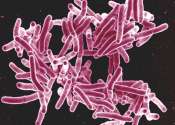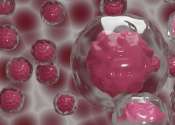Q&A: Gene editing could add new power to a 100-year-old tuberculosis vaccine
Tuberculosis dates back more than 9,000 years. It is the most infectious bacterial disease, and in 2022 10.6 million people fell ill with it. Of these cases, 23% occurred in Africa.
Jul 22, 2024
0
0









